Blog
-
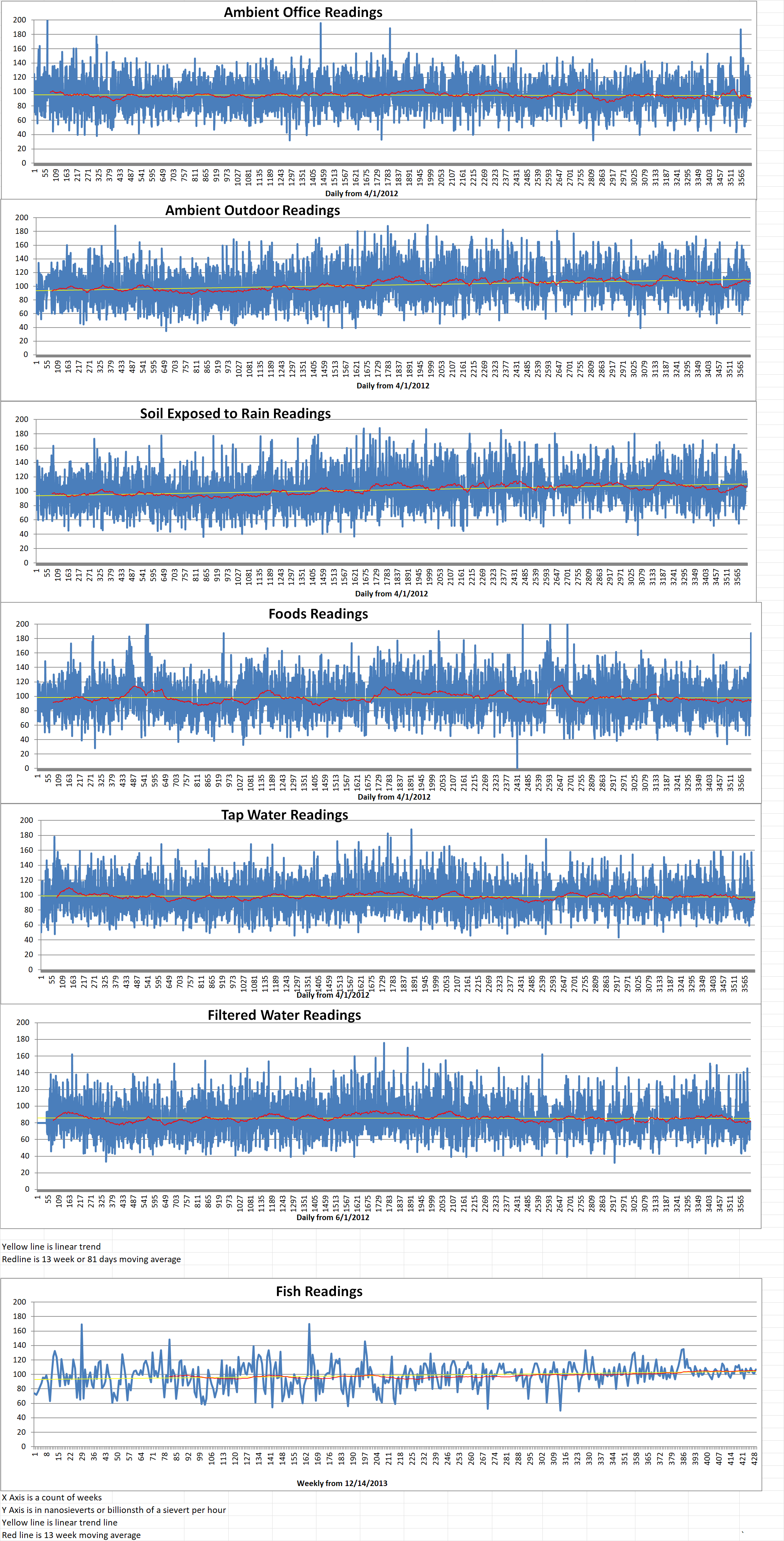
Geiger Readings for May 24, 2022
Ambient office = 91 nanosieverts per hour
Ambient outside = 107 nanosieverts per hour
Soil exposed to rain water = 108 nanosieverts per hour
Ginger root from Central Market = 97 nanosieverts per hour
Tap water = 90 nanosieverts per hour
Filter water = 72 nanosieverts per hour
-
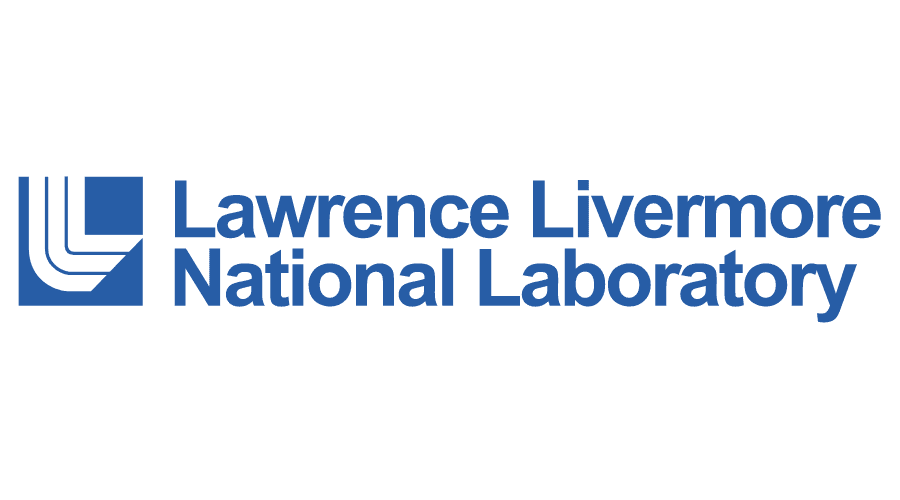
Radioactive Waste 857 – Lawrence Livermore National Laboratory and Penn State University Are Collaborating On The Development Of Synthetic Versions Of Lanmodulin
Scientists at Lawrence Livermore National Laboratory (LLNL) and Penn State University are modifying and improving natural molecules that would help target specific radioactive elements that are found in nuclear waste or used in nuclear medicine.
Even the most effective molecules for such tasks which evolved over billions of years can still be improved for non-natural applications. Lanthanides are natural elements used in numerous items like computer hard drives and magnets. The team bioengineered nature’s most potent protein for attaching to lanthanides which is called lanmodulin in order to make it even more selective for actinide elements. Actinides are radioactive metals that a present in nuclear waste such as uranium, plutonium and americium.
The research by the team of scientists was published in the journal Chemical Science. Their results improve our understanding of how natural compounds can interact with nuclear waste in the environment. They could lead to new molecules for scavenging and detection of specific radioactive metals.
The team designed, synthesized and characterized five variants of lanmodulin (LanM) to decipher and eventually improve its actinide-binding properties. They found that the presence of water molecules that bridge the metal and protein molecule is particularly important for controlling the stability and metal preferences of the metal-protein complexes. This design principle permitted the scientists to improve the protein’s ability to discriminate between actinide and lanthanide elements.
Molecules that are selective for actinides over lanthanides are among the most preferred. This is because these two families of elements are found in nuclear waste. Separating them would allow for a more efficient management of radioactive materials. The team’s discovery could lead to new separation systems for applications in nuclear waste disposal and radiochemistry fields. LanM was discovered by the Penn State University members of the team in 2018. The LLNL-Penn State collaboration has been exploring applications of this important molecule in the field of nuclear sciences.
LLNL scientist Gauthier Deblonde is co-lead author of the study. He said, “This is the first study where someone made changes to lanmodulin to dissect and improve its metal binding properties. As we were tuning the protein’s properties to target radioactive elements, we also learned a lot about the mechanisms by which it binds the metals.”
Classic molecules have a limited set of chemical interactions. The new research showed that macromolecules, such as proteins, have an extended repertoire of chemical interactions that scientists can fine-tune to target specific metals.
Joseph Cotruvo, Jr. is a Penn State assistant professor of chemistry and a co-lead author of the study. He said, “This study uncovers yet another tool that this remarkable protein has at its disposal to discriminate between metals that differ from one another in only very subtle ways. This realization is an important step toward high-performance LanM-based separation methods and molecules custom-designed to bind specific medical isotopes.”
Joseph Mattocks of Penn State also contributed to this work. The work is being funded by the National Nuclear Security Administration’s Office of Defense Nuclear Nonproliferation Research and Development and the U.S. Department of Energy’s Basic Energy Sciences program. -
Nuclear News Roundup May 23, 2022
Russia will soon have 50 ’14-storey high’ Satan-2 nukes capable of reducing Western enemies into ‘radioactive craters’, Putin’s space agency chief says in new threat dailymail.co.uk
Palisades bows out after record operation run world-nuclear-news.org
‘Either we win or this will end badly for all of humanity’: Putin’s state TV stooges warn Russia will unleash nuclear war rather than accept defeat in Ukraine dailynew.com
Finland’s Green Party endorses nuclear power allianceforscience.cornell.edu
-
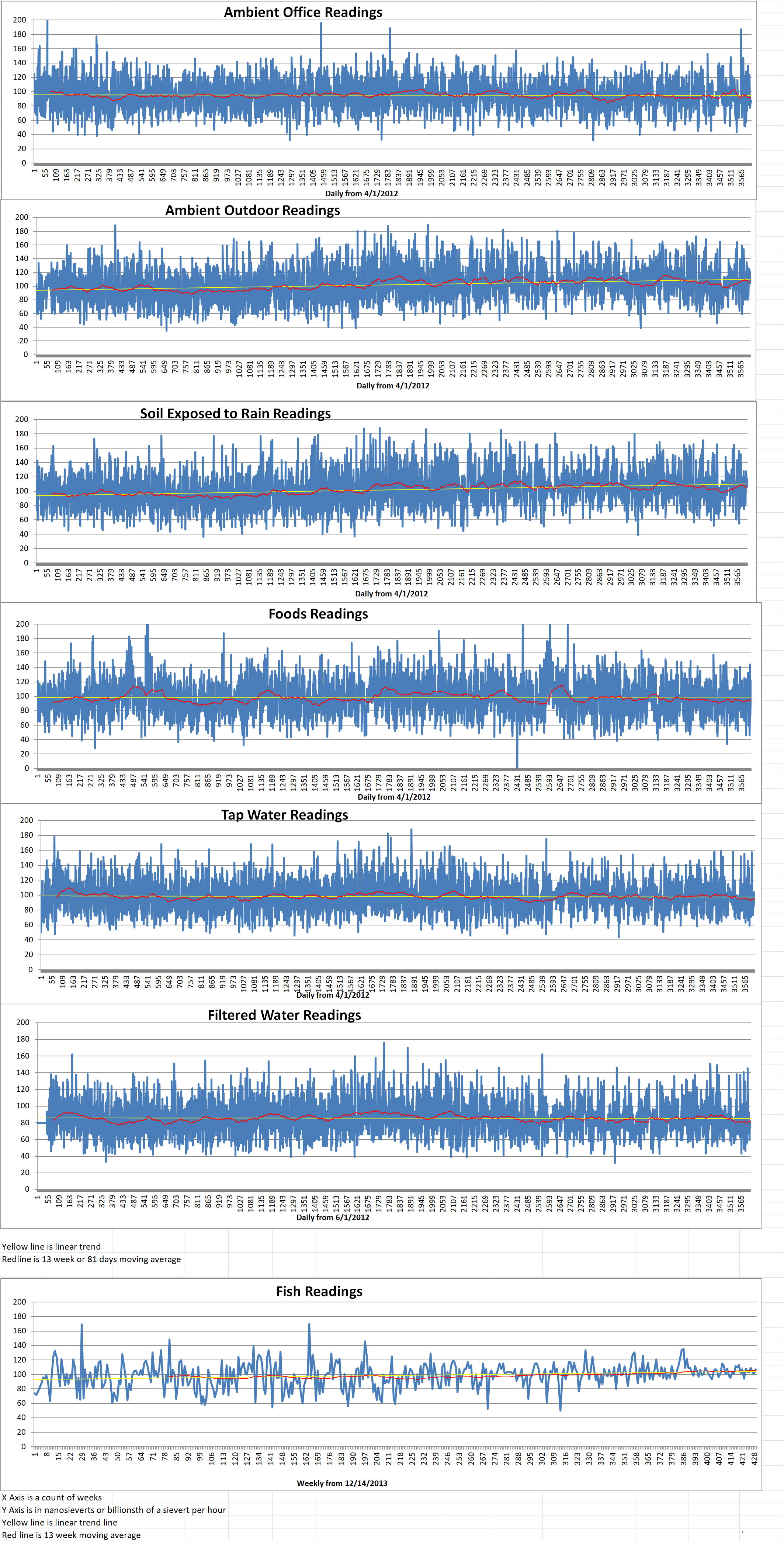
Geiger Readings for May 23, 2022
Ambient office = 87 nanosieverts per hour
Ambient outside = 104 nanosieverts per hour
Soil exposed to rain water = 107 nanosieverts per hour
English cucumber from Central Market = 92 nanosieverts per hour
Tap water = 93 nanosieverts per hour
Filter water = 79 nanosieverts per hour
-
Nuclear News Roundup May 22, 2022
Russia will soon have 50 ’14-storey high’ Satan-2 nukes capable of reducing Western enemies into ‘radioactive craters’, Putin’s space agency chief says in new threat dailymail.co.uk
Palisades bows out after record operation run world-nuclear-news.org
‘Either we win or this will end badly for all of humanity’: Putin’s state TV stooges warn Russia will unleash nuclear war rather than accept defeat in Ukraine dailynew.com
Finland’s Green Party endorses nuclear power allianceforscience.cornell.edu
-
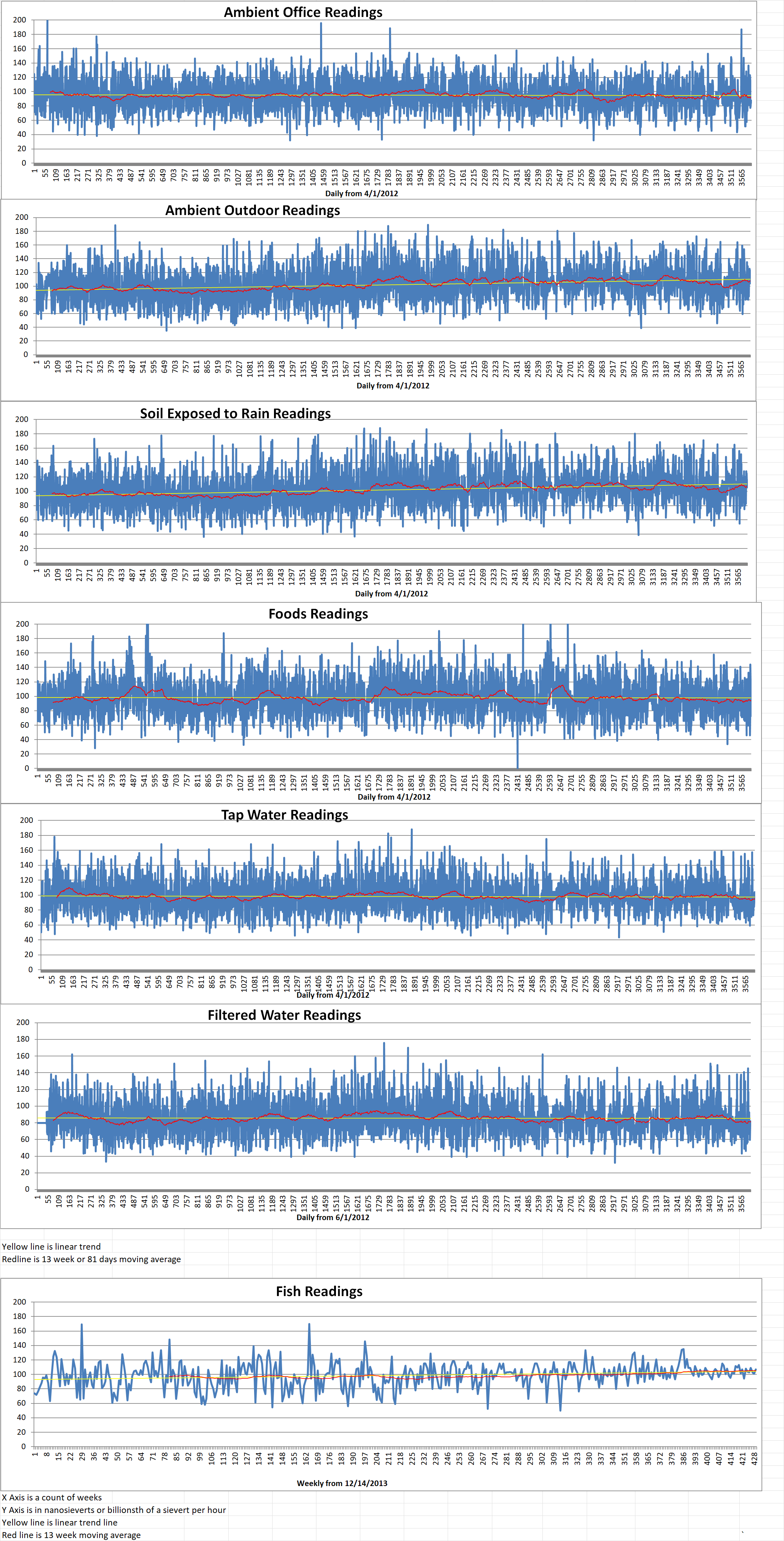
Geiger Readings for May 22, 2022
Ambient office = 86 nanosieverts per hour
Ambient outside = 120 nanosieverts per hour
Soil exposed to rain water = 117 nanosieverts per hour
Baby Bella Mushroom from Central Market = 117 nanosieverts per hour
Tap water = 92 nanosieverts per hour
Filter water = 80 nanosieverts per hour
-
Nuclear News Roundup May 21, 2022
Construction of Xudapu 4 under way world-nuclear-news.org
Mullen says US should consider the possibility of Russia using a nuclear weapon thehill.com
No Iran nuclear deal ‘worse’ than even a bad one: Israel sources Aljazeera.com
South Korean APR-1400 starts up world-nuclear-news.org
-
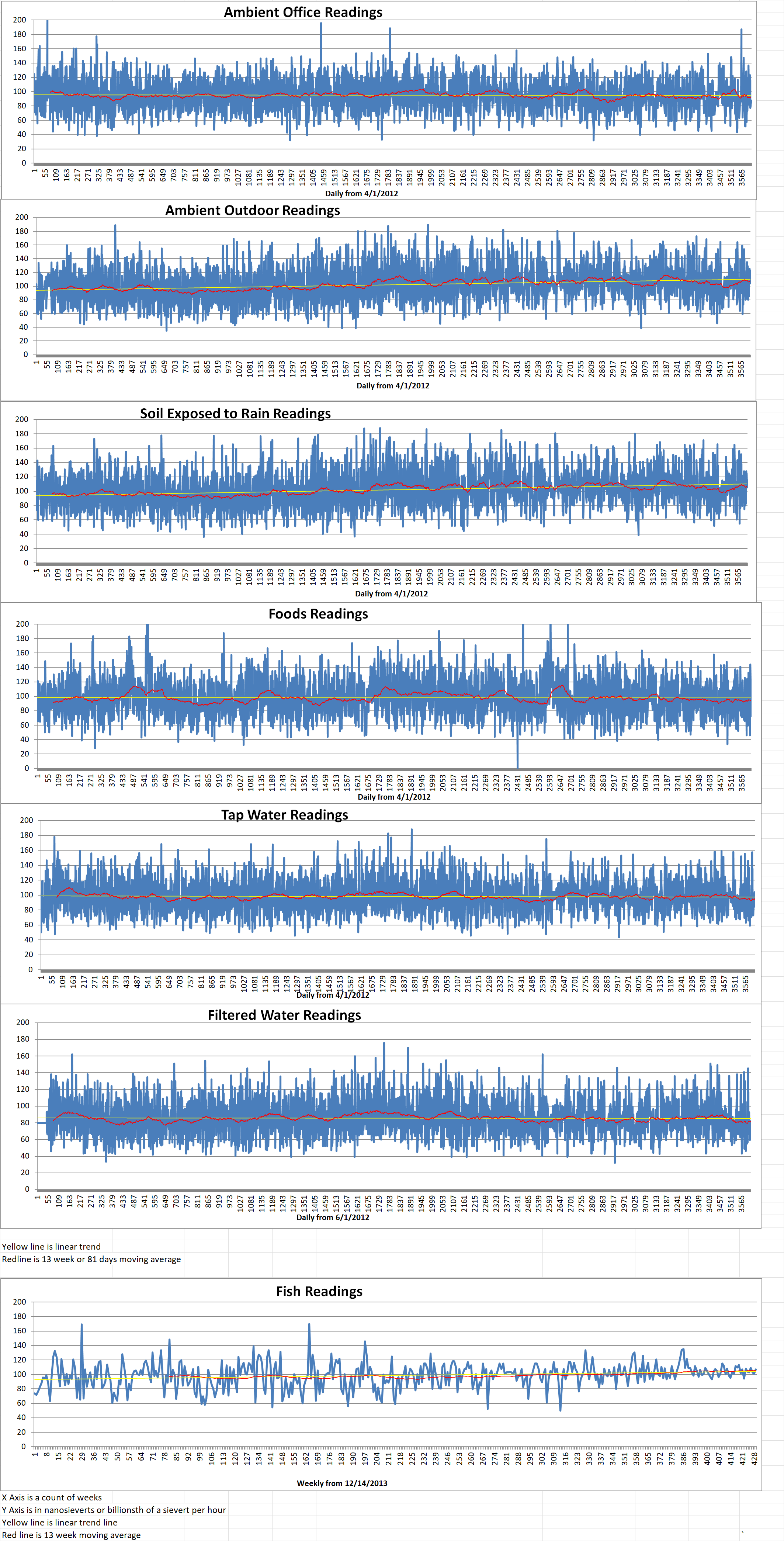
Geiger Readings for May 21, 2022
Ambient office = 88 nanosieverts per hour
Ambient outside = 113 nanosieverts per hour
Soil exposed to rain water =116 nanosieverts per hour
Avocado from Central Market = 122 nanosieverts per hour
Tap water = 104 nanosieverts per hour
Filter water = 81 nanosieverts per hour
Dover sole = 107 nanosieverts per hour
-

Nuclear Fusion 178 – EPFL Has Revised A fundamental Principle For Fusion Research – Part 2 of 2 Parts
Part 2 of 2 Parts (Please read Part 1 first)
Ricci explained that “Greenwald derived the law empirically, that is completely from experimental data—not a tested theory, or what we’d call ‘first principles’. Still, the limit worked pretty well for research. And, in some cases, like DEMO (ITER’s successor), this equation constitutes a big limit to their operation because it says that you cannot increase fuel density above a certain level.”
Working with fellow tokamak teams at other institutions, the Swiss Plasma Center designed an experiment where it was possible to use highly sophisticated technology to precisely control the amount of fuel injected into a tokamak. Their experiments were carried out at the worlds largest tokamaks, the Joint European Torus (JET) in the UK, as well as the ASDEX Upgrade in Germany (Max Plank Institute) and EPFL’s own TCV tokamak. This broad experimental effort was made possible by the EUROfusion Consortium (EC). The EC is the European organization that coordinates fusion research in Europe. EPFL participates in the EC through the Max Planck Institute for Plasma Physics in Germany.
Maurizio Giacomin is a Ph.D. student on Ricci’s team. At the same time that the big international experiment was being run, he began to analyze the physical processes that limit the fuel density in tokamaks. His goal was to derive a first-principles law that can correlate fuel density and tokamak size. Part of his work involved using advanced simulations of the plasma carried out with a computer model.
Ricci said, “The simulations exploit some of the largest computers in the world, such as those made available by CSCS, the Swiss National Supercomputing Center and by EUROfusion. And what we found, through our simulations, was that as you add more fuel into the plasma, parts of it move from the outer cold layer of the tokamak, the boundary, back into its core, because the plasma becomes more turbulent. Then, unlike an electrical copper wire, which becomes more resistant when heated, plasmas become more resistant when they cool down. So, the more fuel you put into it at the same temperature, the more parts of it cool down—and the more difficult is for current to flow in the plasma, possibly leading to a disruption. Turbulence in a fluid is actually the most important open issue in classical physics. But turbulence in a plasma is even more complicated because you also have electromagnetic fields.”
Ricci and his team were able to develop the needed computer model and they derived a new equation for fuel limits in a tokamak which aligns very well with the experimental data. Their report was published in Physical Review Letters. Their work updates the classic principle of Greenwald.
The new equation developed by Ricci and his team proposed that the Greenwald limit can almost be doubled in terms of fuel in ITER. This means that tokamaks similar to ITER can actually use almost twice as much fuel to produce plasmas without worrying about disruptions. Ricci said, “This is important because it shows that the density that you can achieve in a tokamak increases with the power you need to run it. “Actually, DEMO will operate at a much higher power than present tokamaks and ITER, which means that you can add more fuel density without limiting the output, in contrast to the Greenwald law. And that is very good news.”
